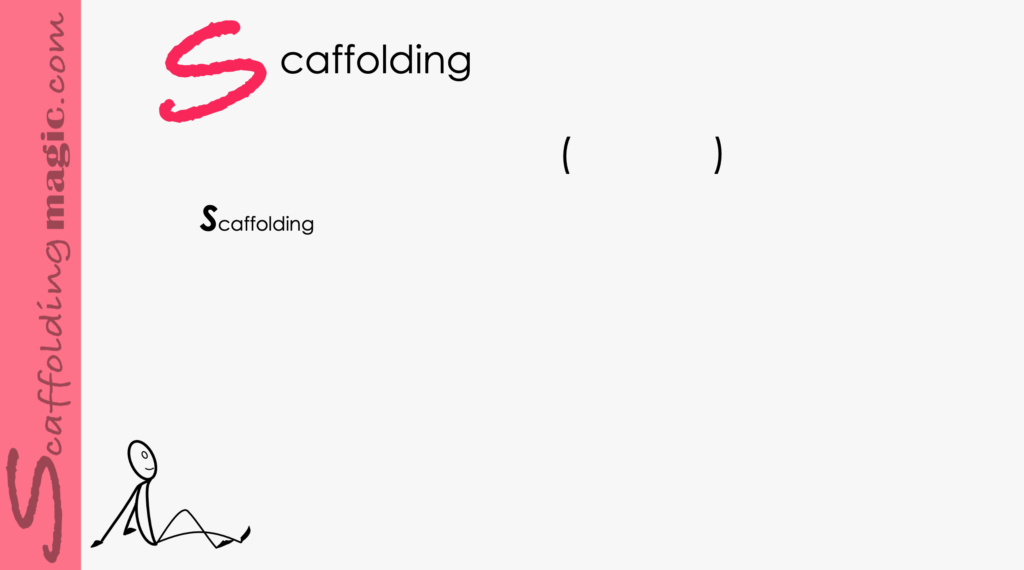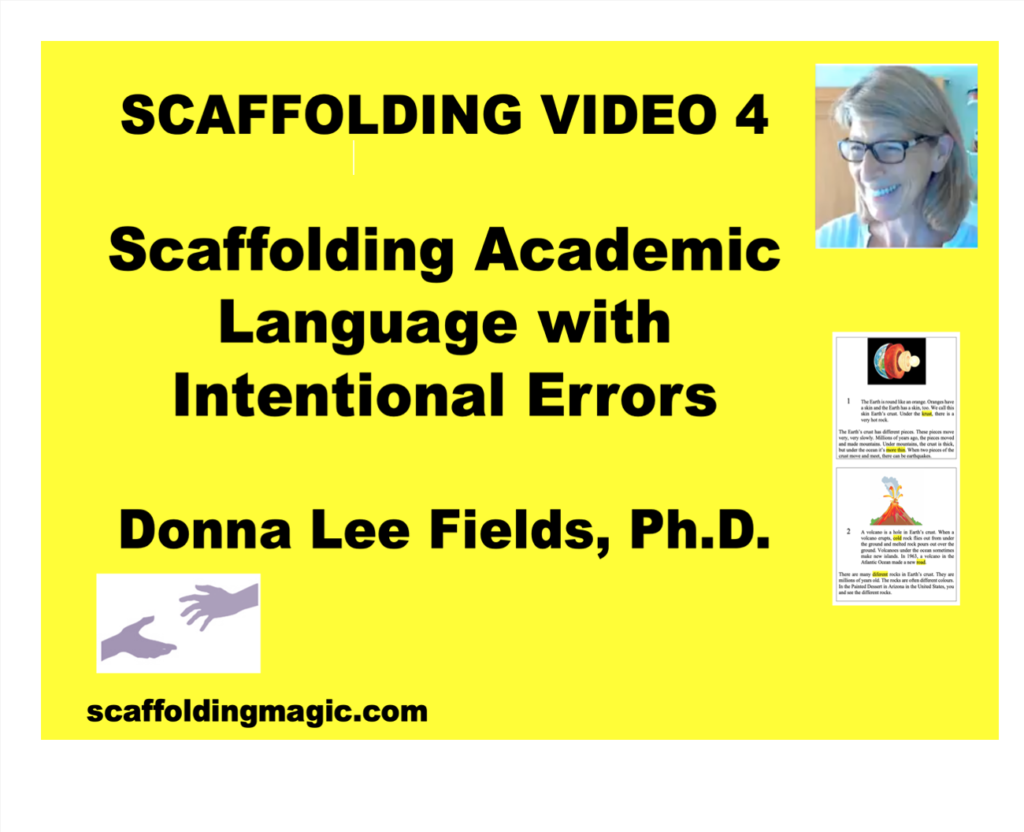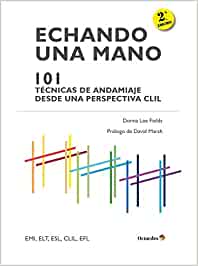You caught a beauty!!!
Download PDF of scaffold here.
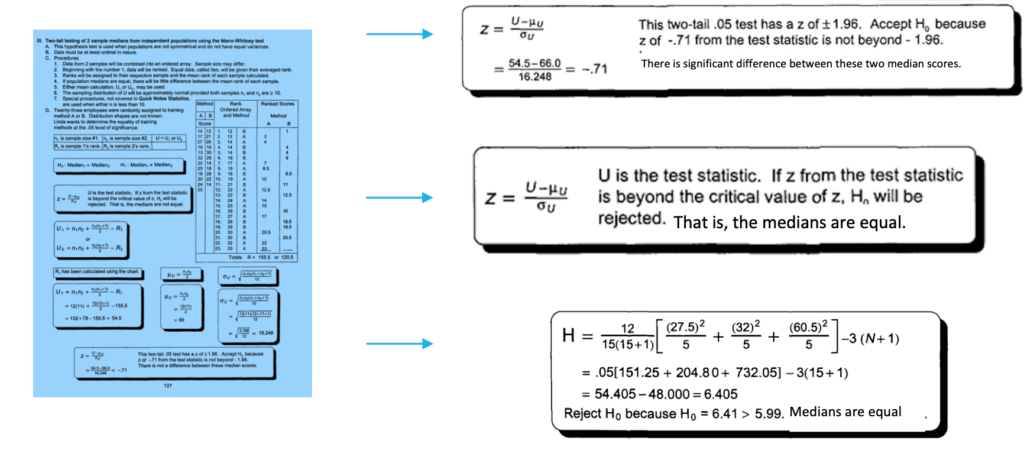
Download PDF of scaffold here.
theory behind the scaffold…
The brain sparks and grows when we make mistakes – even if we are not aware of it – because it is a time of struggle: the brain is challenged, and this is the time when it develops the most
Boaler, Jo, Mathematical Mindsets
Errors need to be celebrated in our classroom and we need to help our students to embrace the effort they make in their studies and focus on the process – mistakes and successes alike – and not only the outcomes.
This scaffold puts a twist on the concept of celebrating mistakes. To truly show our students how errors are valuable for their own development, we create a whole activity around mistakes that we have intentionally embedded in the unit, lesson, or project they are about to begin. At the end of the activity, we further expand the dynamic by helping them to reflect on the steps of the activity – how they felt having the opportunity to consider different alternatives instead of receiving the information without any opportunity to collaborate or participate. Essentially, they’ll be reflecting on how it feels to learn through an action!
As in best learning practices, this technique encourages students to use past knowledge to recognise inconsistencies in the information. Through critical thinking, they work together not only to read and understand the concepts, but they also look for content and grammatical errors and then make the appropriate adjustments (they suggest more accurate academic language).
To cater to even more learning styles and to adhere to the changes the OECD (through the PISA exams) encourages, this activity asks students to physically move throughout the classroom, and interact with the material and their classmates at the same time. The example we use here is from a unit on natural sciences, but you’ll see how you can adapt it to your subject with ease.
Comments from teacher in Helsinki, Finland: ‘I was at first very reluctant to use this scaffold because I thought my students would be overwhelmed with the difficulty of the task. What I found was that the activity is not only incredibly effective, but the students become very quickly engaged and interactive. Once we begin the unit, they realise how prepared they already are for the language they’ll need to understand. Now I use this technique often and with pleasure!’
Errors can be seen used as jumping blocks for learning and are often undervalued in the process of advancing knowledge.* The mistakes students make can be used as formative assessment and as critical indicators for where teachers can focus more concentration on dedicated instruction.
The scaffold below is tied to the theory of deductive reasoning: a person makes conclusions based on past knowledge and logic. Students use previous studies to find errors deliberately placed in texts taken from units they are about to begin. This helps them to make connections and to transition into the new material with more confidence.
* Academic success ‘is intricately linked to higher-order thinking processes developed by extensive modeling and scaffolding of classroom talk and accelerated by weaving direct teaching of its features while teaching content concepts.’ (Zwiers, 2008).
**Hunt, Morton (1982). The Universe Within: A new science explores the human mind. Simon and Schuster.
step by step…
- From a unit you’re about to begin, make two (2) copies of 8-10 of the pages (so that in the end you’ll have more or less 20 copies to mount on the wall.)
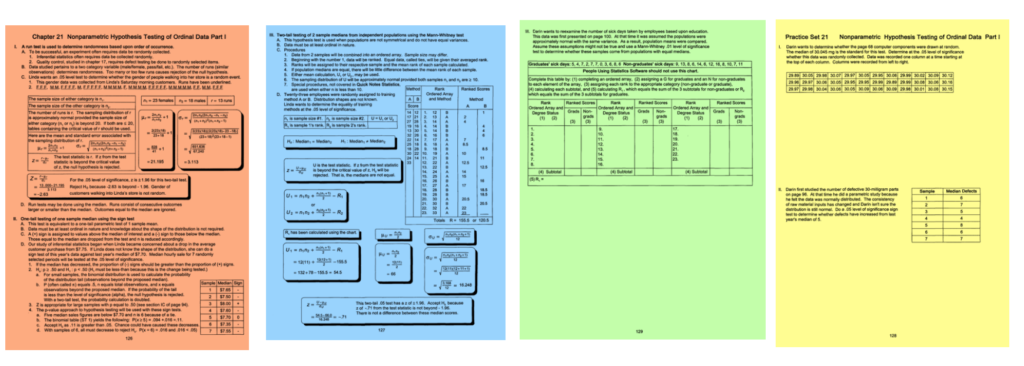
- Change 3-4 words on each page. (Don’t worry if the words you change are obvious because of the font or colouring. This will show your students where the error is, but they still need to read to conceptualise an appropriate word to put in its place.) See example below.

- Mount the pages on the walls of the classroom (more or less 20 pages mounted around the classroom
- Make a table to identify the pages, with one column to identify the inappropriate word and one column indicating what word would be more appropriate. (See below.)
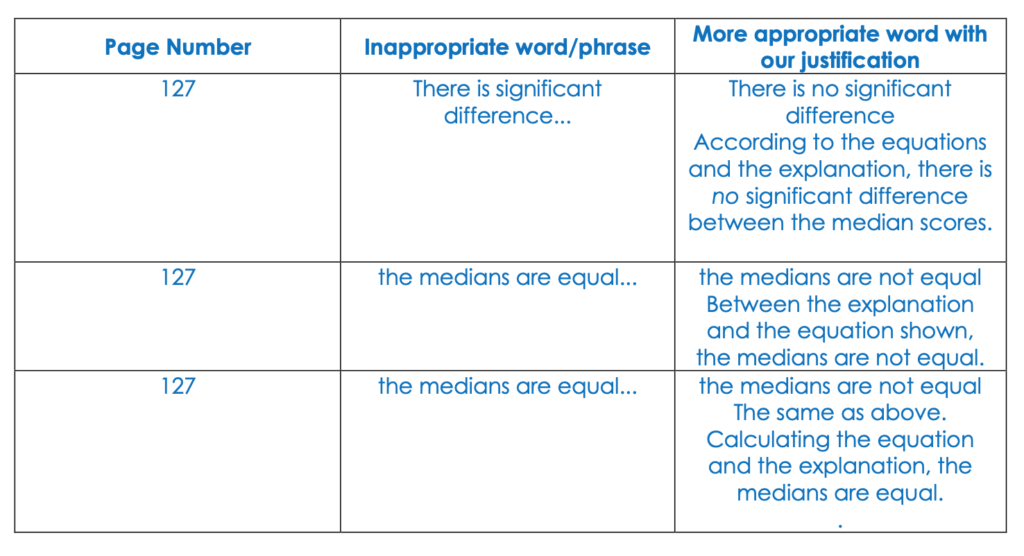
- In pairs, students go around the room, read the paragraphs, and together decide which words are inappropriate, and what might be an appropriate word. (See example below.) As long as they write in a word they can justify, we can be satisfied. Later, they will read the word that the publishers have decided is the most appropriate. The goal here is critical thinking and drawing appropriate conclusions, not 100% accuracy.
- FormativeAssessment/Reflection: Students write the answers to the following questions from the Question Continuum. (Remember, some questions reflect content and others reflect methodology, thus augmenting self-efficacy.)
- Formative Assessment/Reflection: Students write the answers to the following questions from the Question Continuum. (Remember, some questions reflect content and others reflect methodology, thus augmenting self-efficacy.)

- Do you know how to create a Scatter Diagram?
- Which representations of data are most challenging for you?
- Who formulates the data for mathematical models?
- When did you decide you were interested in delving into data?
- Where are Histograms and Outliers most appropriately used?
- What is the purpose of comparing data?
- How do you know if you’ve appropriate formulated correlation and regression models?
- Why did your teacher create the scaffolding activity for you?
- What if you had to teach Measures of Location and Spread to freshman. Where would you begin?
video explanation…
find more scaffolds here…


Scaffoldingmagic.com is your entryway into DYNAMIC bilingual learning methodologies, such as Phenomenon-Based Learning, CLIL, EMI, and ESL. You’ll find ways to implement critical thinking tools (DOK) to promote higher level thinking, the growth mindset, instill an ethic of excellence, deep reflection on learning, and all through multi-cultural, interdisciplinary activities. We have the keys to turning competences into action and to creating collective efficacy in your school so you move ahead as a unified, enthusiastic team.

